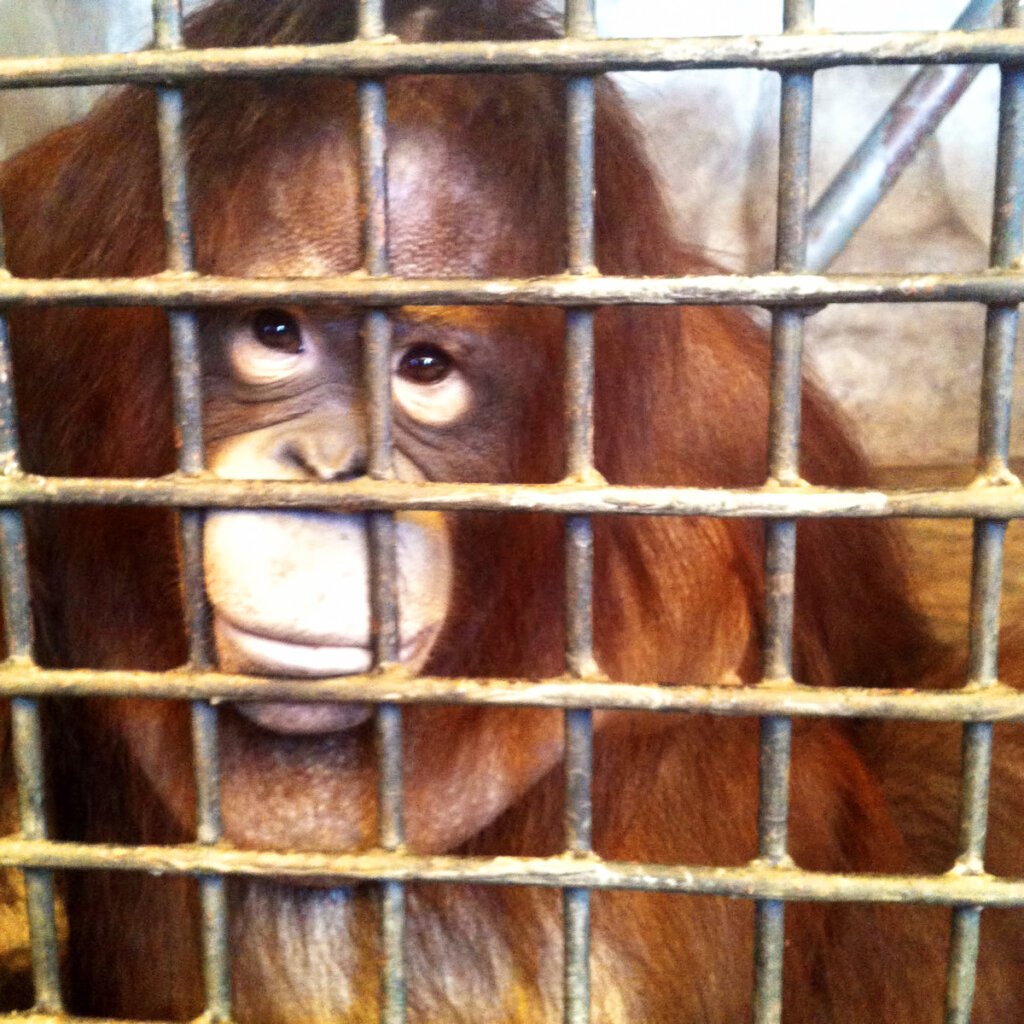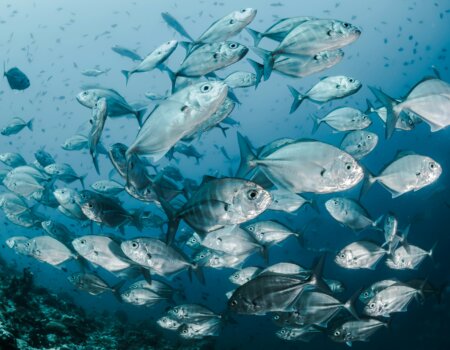Update: Hermès Orders All Croc-Skin Bags Pulled From Shelves in New York, London, Paris
UPDATE: Hermès’ fortunes have taken a turn for the worse since PETA US’ exposé revealed that tens of thousands of crocodiles in Zimbabwe are factory farmed in barren, crowded concrete pits for months or even years before being slaughtered for their skins. Would-be customers around the world have made their voices heard—including model and singer Jane Birkin, the inspiration behind Hermès’ Birkin bag, who demanded that Hermès remove her name from the bag. Now, Hermes has responded to growing pressure by sending a memo to stores—including all stores in France—calling for crocodile-skin bags to be pulled from the shelves. PETA US has confirmed that stores in New York City, London, and Paris have now removed the bags from display.
A new investigation by our affiliate PETA US found crocodiles and alligators are packed into filthy pools or concrete pits by the thousands – and all are killed for their skins before reaching adulthood.
In Texas and Zimbabwe, PETA US investigators documented the appalling conditions in which animals are raised and killed for “luxury” Birkin bags, belts and watchbands. Alligators and crocodiles are packed into dank pools or barren concrete pits for months or even years before finally being slaughtered for their skins.
A PETA US investigator documented that workers crudely cut into the necks of some alligators and tried to scramble their brains with metal rods. Some animals were still conscious, flailing and kicking, even minutes after workers tried to kill them.
In Winnie, Texas, there’s an alligator factory farm that sends skins to a Hermès-owned tannery, and at the farm, the investigator found alligators kept in fetid water and dank, dark sheds without sunshine, fresh air, clean water or even basic medical care. At just 1 year old, alligators are shot with a captive-bolt gun or crudely cut into while they’re still conscious and able to feel pain. The PETA US investigator documented how workers there repeatedly shot alligators in the head with a captive-bolt gun, cut into more than 500 conscious alligators as some struggled to escape and stabbed conscious alligators to try to dislocate their vertebrae – even though a manager had admitted that “reptiles will continue to live” after that.
The investigator saw alligators continuing to move their legs and tails in the “bleed rack” and bloody ice bins several minutes after attempts to slaughter them. After the alligators’ slow, gruesome deaths, their skins are sent to France and made into “luxury” items such as watchbands.
At the facility of one of the world’s largest exporters of Nile crocodile skins in Zimbabwe, tens of thousands of crocodiles are confined to concrete pits from birth to slaughter. They’re deprived of the opportunity to engage in natural behaviour, including digging tunnels, playing, protecting their young and using tools to hunt as they would in nature.
In the wild, Nile crocodiles can live to be up to 80 years old, but at this facility, they’re slaughtered at around the age of 3.
Many belly skins are sent to a Hermès-owned tannery, where they end up being used for “luxury” items such as Birkin and Kelly handbags that can cost US$50,000 or more. It takes two or three crocodiles to make just one handbag. Please never buy any items made from “exotic” animal skins, and ask your friends and family to do the same.
Posted by Claire Fryer
Help Animals in 2025: Renew Your PETA Membership!




